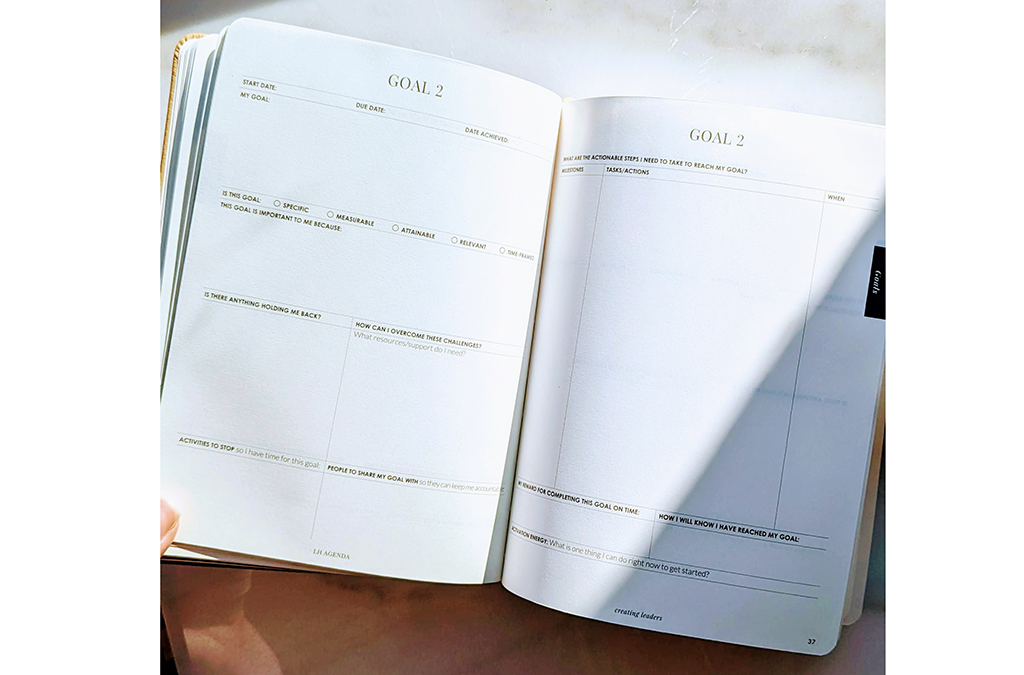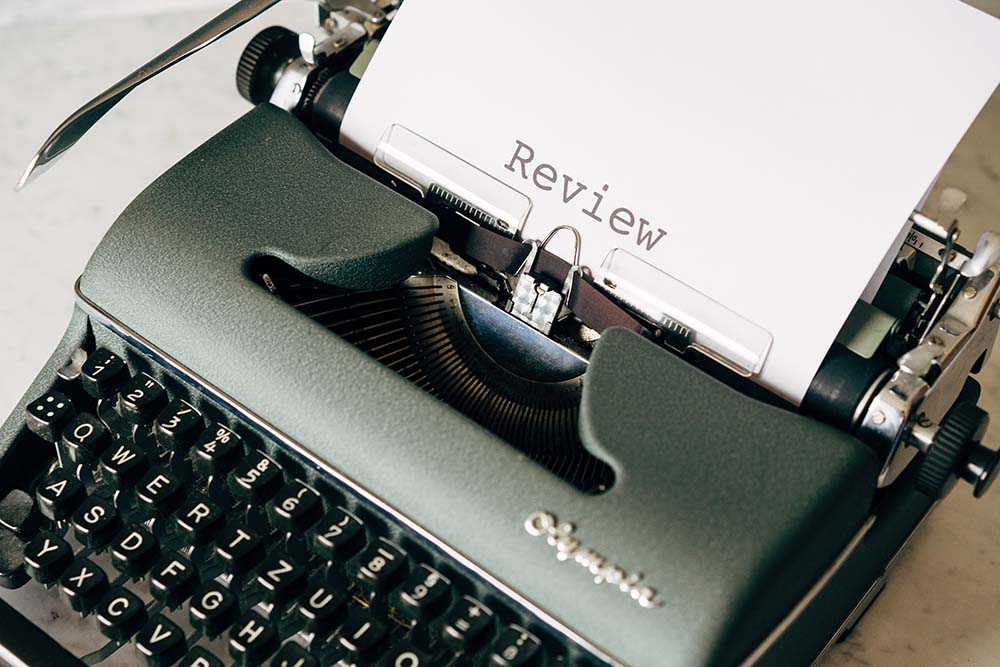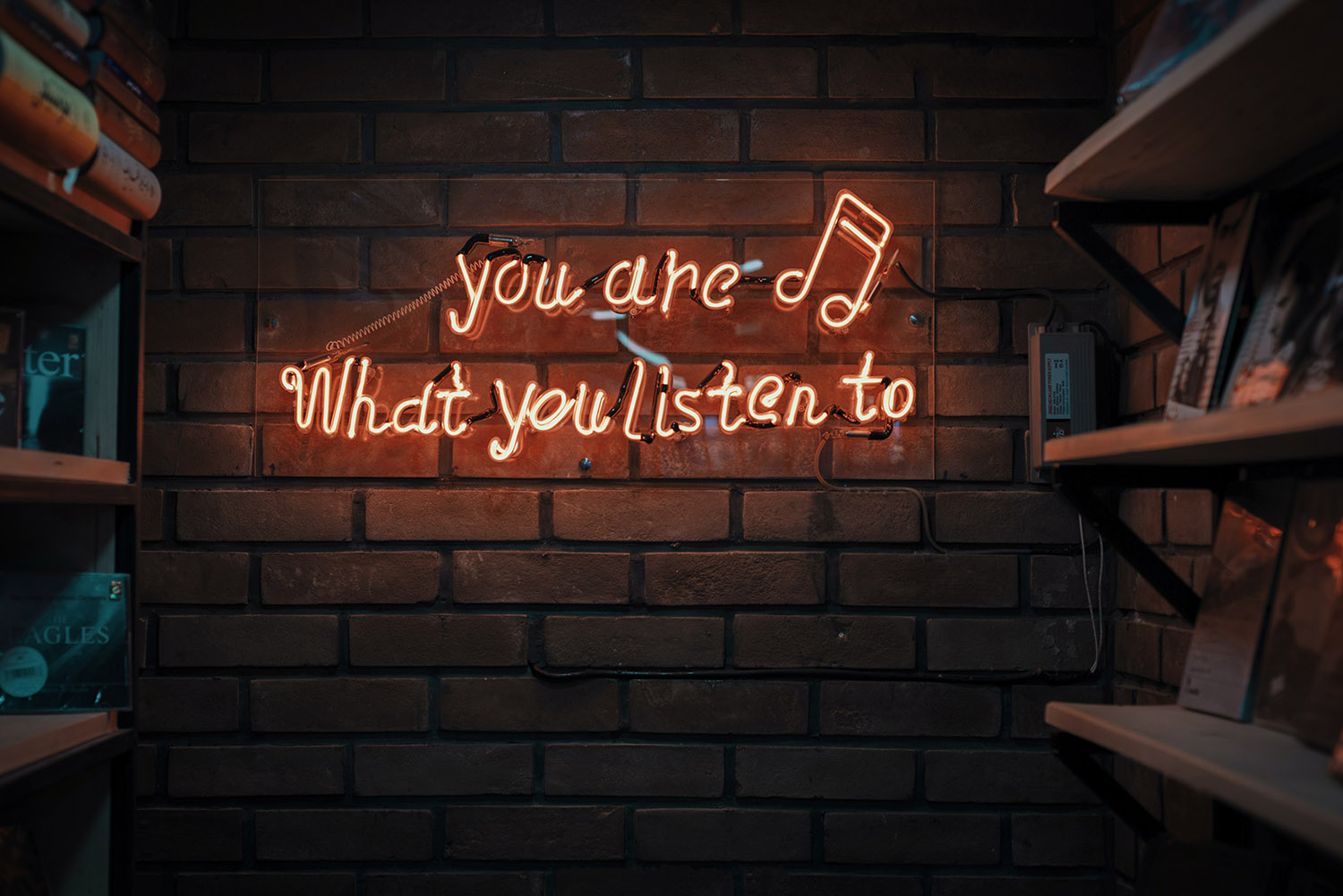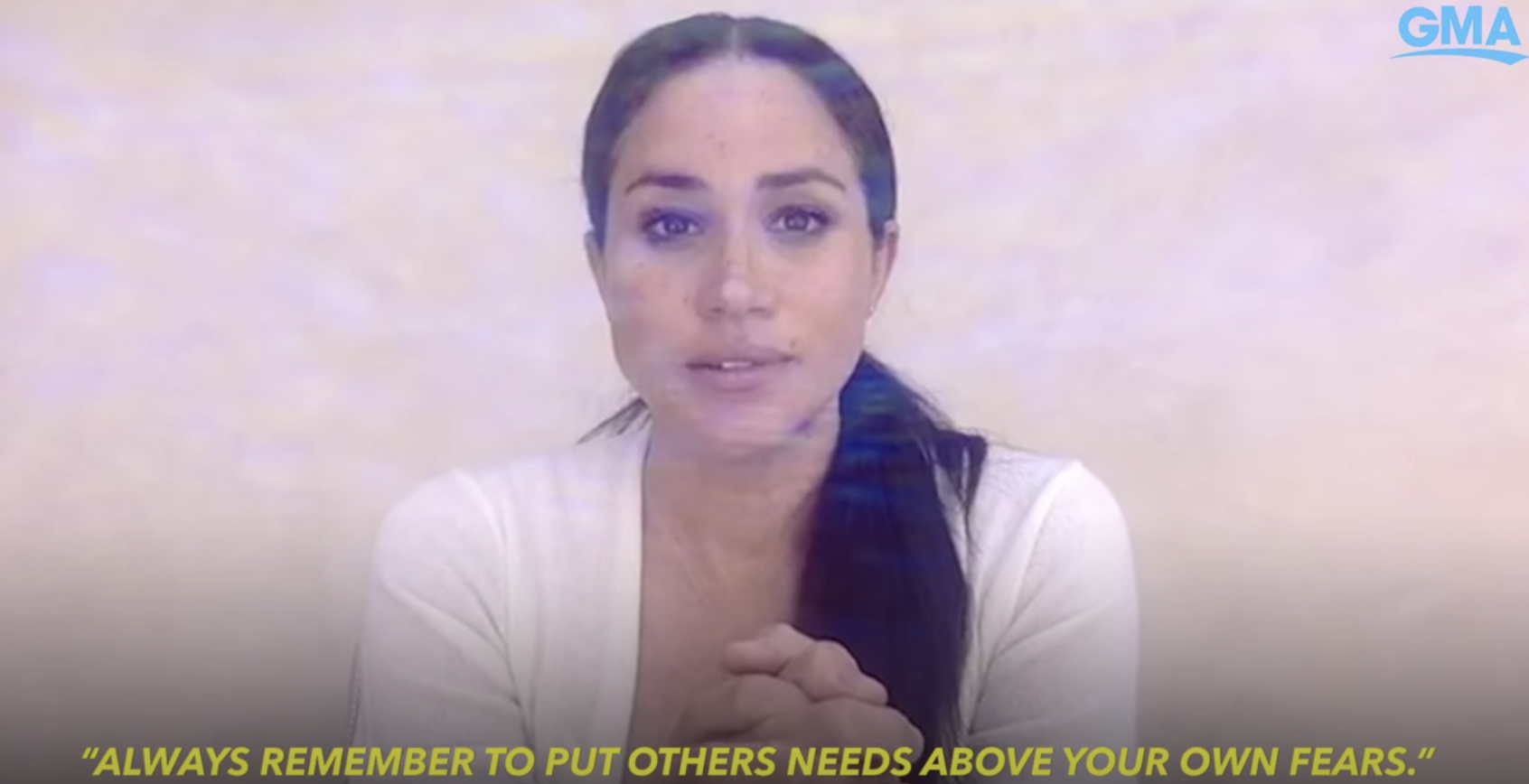Leave it to someone who devotes one third of her blog to “fulfillment” to go all in on end-of-year reflections and goal-setting. I can’t help it.
I’ve always been achievement-oriented, and every January 1st, Nate and I draft up a list of individual and joint goals we’d like to achieve in the year ahead. But, this past year, I’ve felt stuck. Stalled. Frustrated at the thought of even creating goals for myself. I just haven’t had a clear picture of where I want to go, and the mere thought of planning ahead annoys me, because it reminds me of how directionless I feel. Then I realized that over the past two years, I’ve changed, and that shifting identity has turned what I want out of life…pretty murky. When what you used to want you no longer care about, what do you do? And who do you become?
To unlock that, I realized before I could even think about goals or resolutions, I needed to reassess myself, my interests and my career. Recently, Nate shared with me an exercise he assists people with as a sales training manager at Indeed, and I’ve decided to steal it to map out my year ahead—and share it with you, in case it’s at all helpful as you map out where you want to be in 2022 and beyond.
It’s called the TOP assessment, and it involves asking yourself a few very specific questions:
- What are you TALENTED in?
- How will the ORGANIZATION benefit from this?
- What are you PASSIONATE about?
Picture those questions as a triple Venn Diagram, and the section where the three circles overlap is your sweet spot of where you should aim to be, and where you can best grow and contribute over the next year. With that in focus, you can start to work toward goals that push you in that direction, helping you find a bit more purpose in your every day.
Lead photo by Candace Davison, showing the LH Agenda















